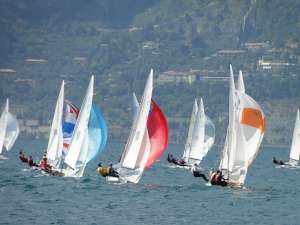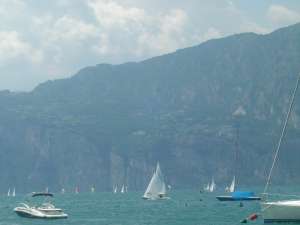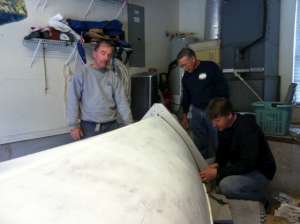Refurbishment and upgrade by Paul Scoffin & Pavel Ruzicka
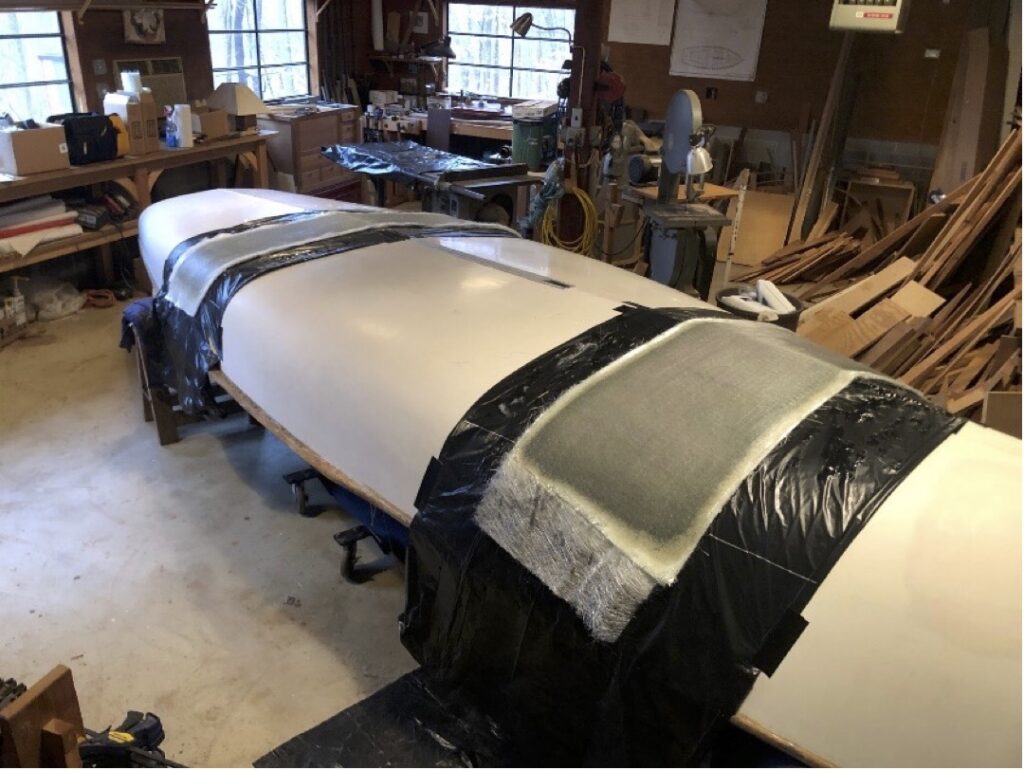
The beginning of this project began as a number of discussions between Pavel and myself over quite a few years. Over these years the geographical location of Pavel living in Pennsylvania and I living in Florida and later San Diego made getting to regattas extremely time consuming and costly, using my existing boat(s). A number of times we were forced to use loaner boats to compete in various locations. Last year we considered this option again but realized the logistics were just too difficult to overcome.
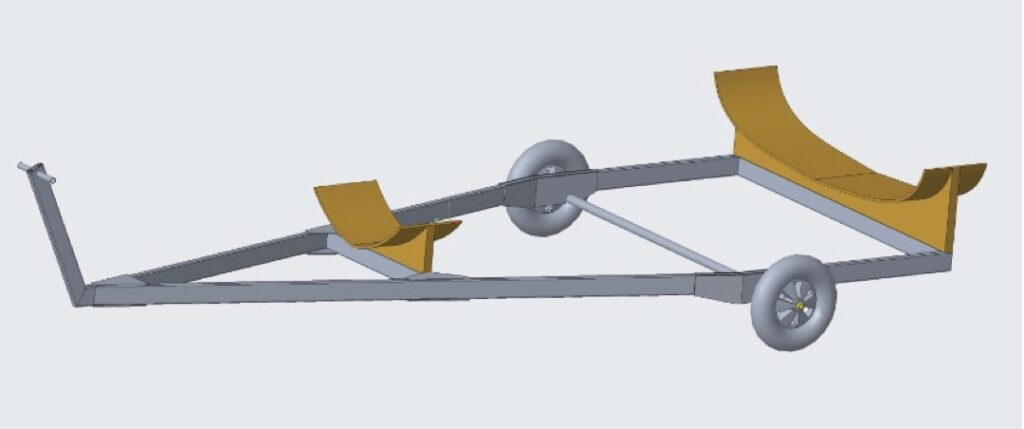
Again we discussed obtaining a second boat that Pavel would keep in Pennsylvania and use for the mid and upper east coast regattas or events. Pavels first choice was to obtain a “Lindsay” but these were increasingly difficult to obtain. Costs were also of a major concern. We were made aware that a 1983 Mader was being donated by it’s owner and that Chris Liberti had collected it from Martha’s Vinyard and had taken it back to Maine with the intention of refurbishing it. He decided early on that it would be better to forward this project on, and after a great deal of back and forth discussion between Pavel and myself, we decided to take it on as a project.
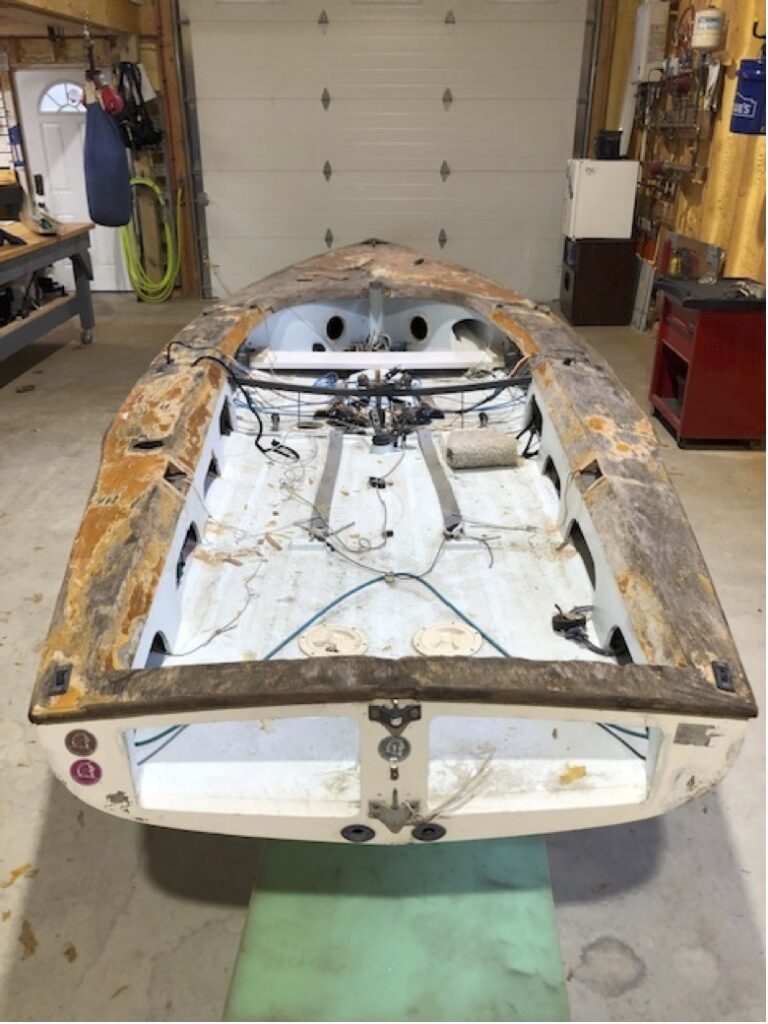
The horizontal piece of timber across the
centercase area is chainplate jig.
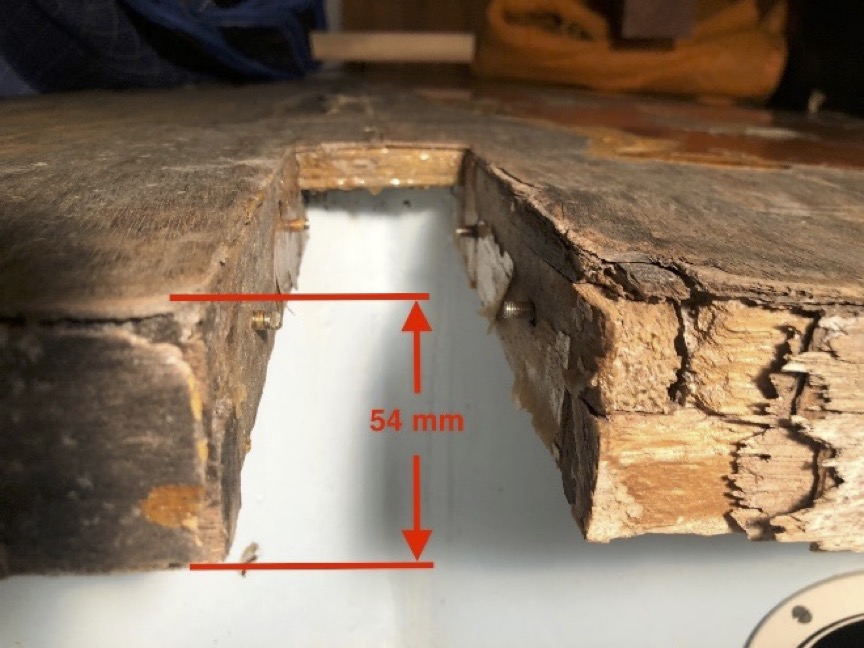
After speaking with a number of class personnel, I agreed to report on our intended program and its progress.
The Boat: 1983 Mader foam Kevlar hull with plywood decks. Registered number USA 1441.
The first part of the project was to purchase a trailer and acquire a dolly. Pavel finally managed to purchase the trailer and convert it to accept a dolly. He drove to Maine and collected the boat and towed it back to Pennsylvania on temporary framework, then began the design and fabrication of the dolly.
During this period we discussed at length on how to proceed, particularly financially. We debated on whether to replace the decks with foam /carbon or try and patch the existing plywood decks. We chose the latter to lessen the expenditure and (slightly) more importantly, the time involved. Our aim is to convert the boat from it’s 1983 set-up to a present day accepted set-up.
In 1983 when this boat was launched, the rigs were adjustable but heavy raking and multiple clew cringles were still not the norm. Chainplates were further forward than todays norm, and genoa car arms were not fitted to this model of Mader. These changes are planned for USA 1441.
Fabrication of parts and layout:
Heavy damage to the bow was discovered and missing was any form of launcher roller, so a mold was built using USA 1497 as a reference for the launcher and also for a number of other parts.
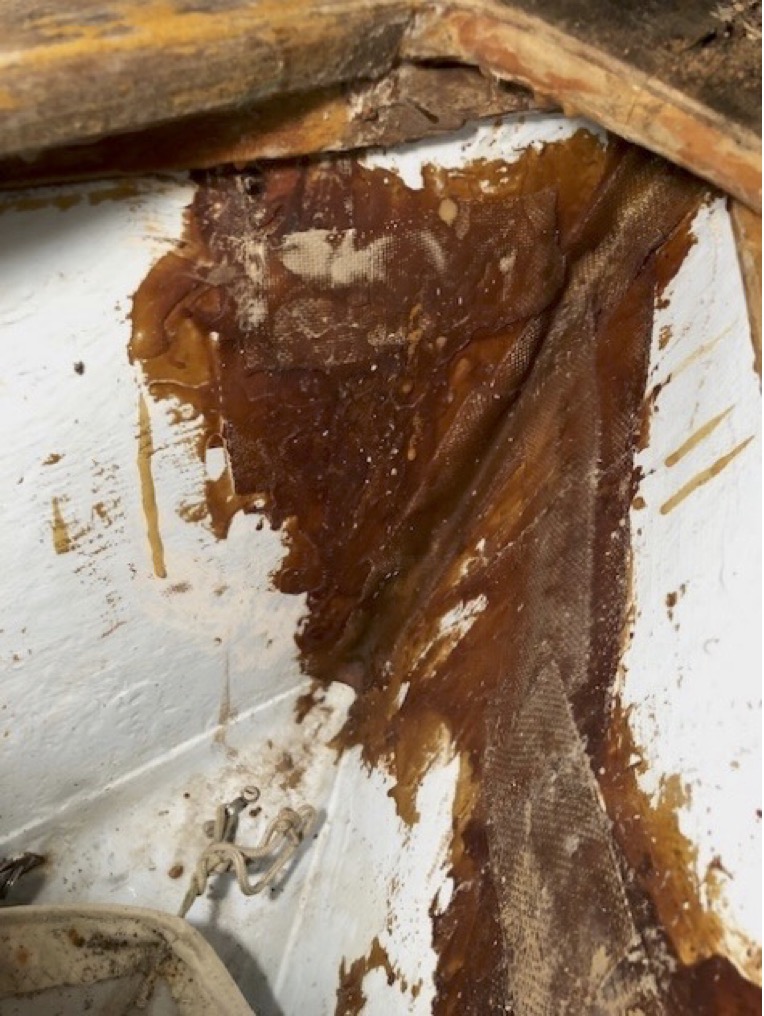
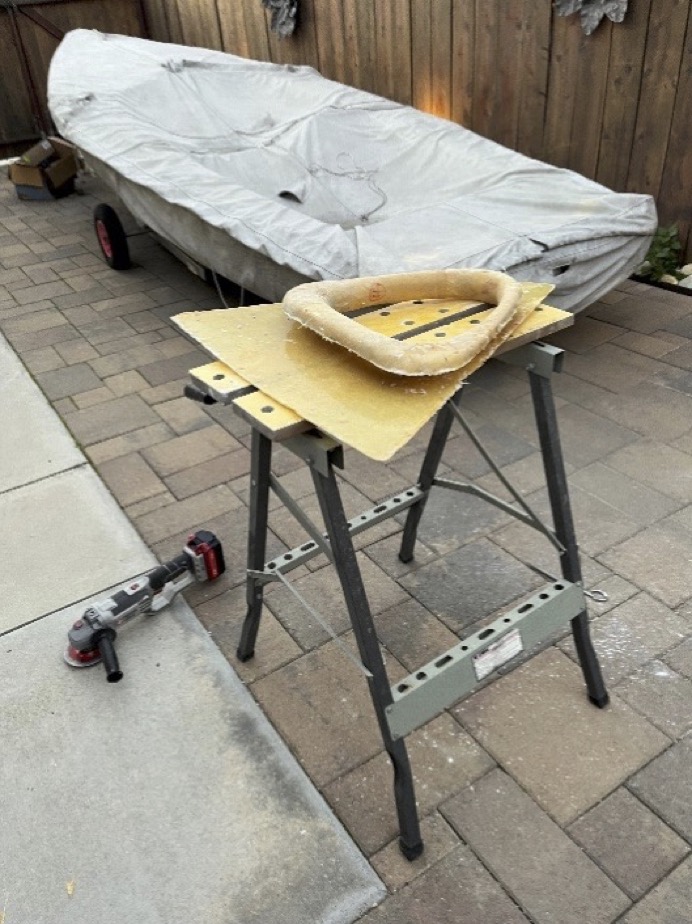
The objective is to upgrade the systems and to create a reliable platform to sail and compete with. A full refurbishment was never contemplated. It is planned to have the boat racing in Canandaigua July 2023.
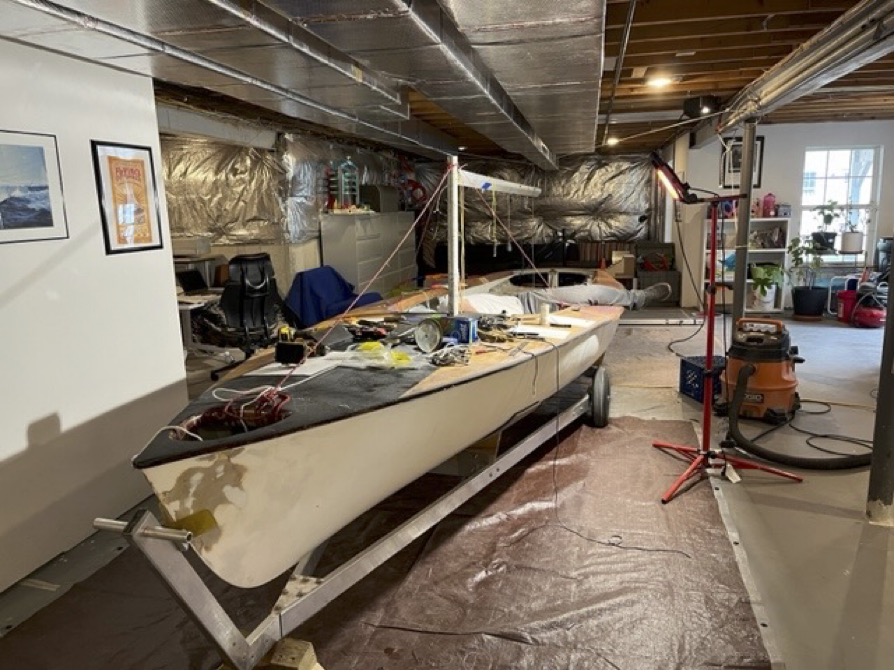
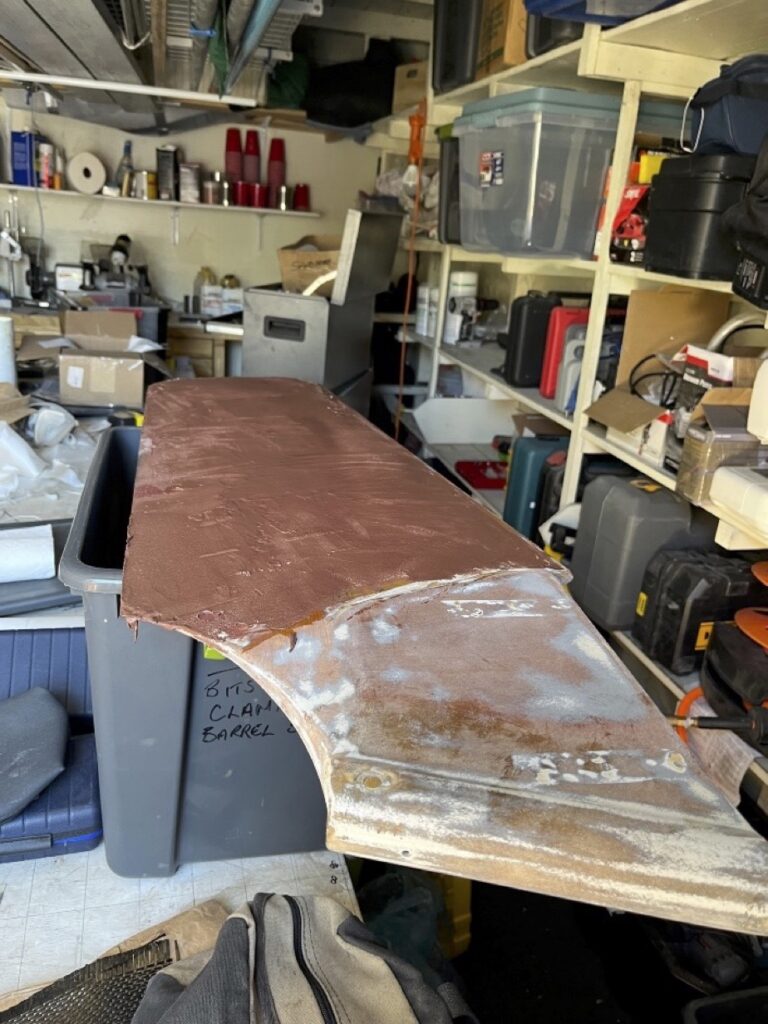
love in San Diego
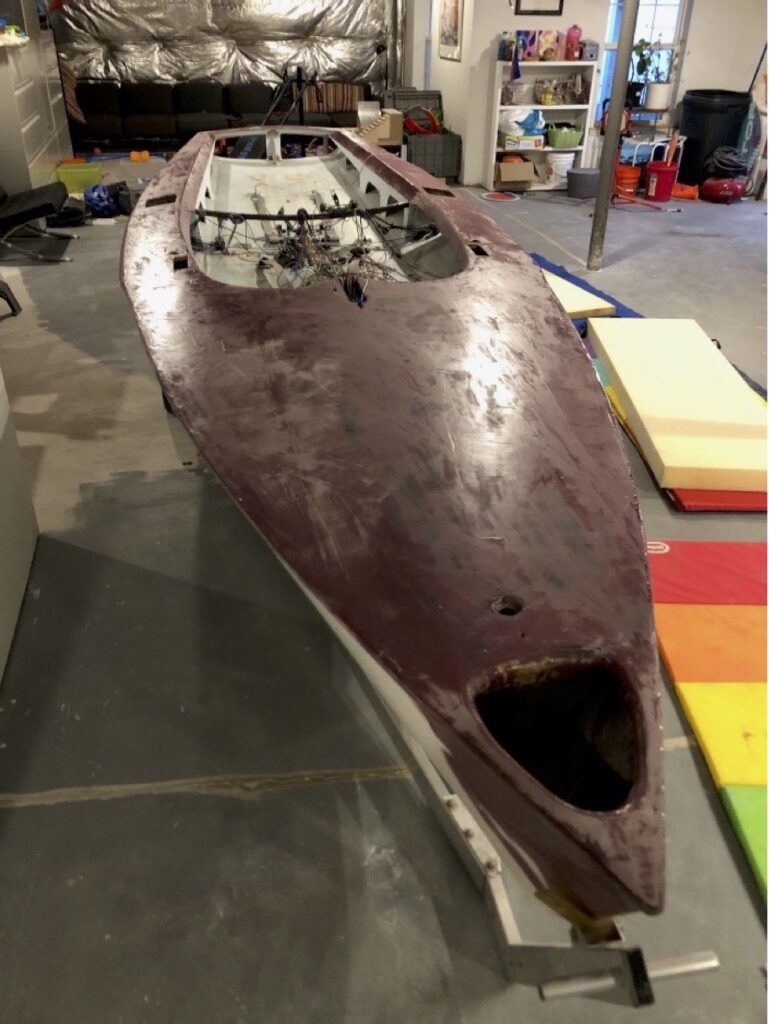
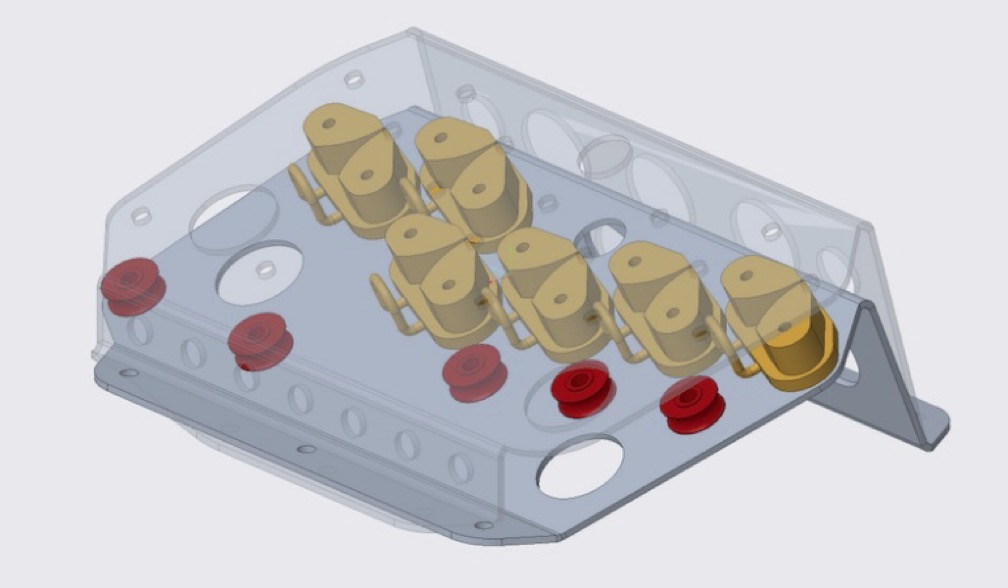
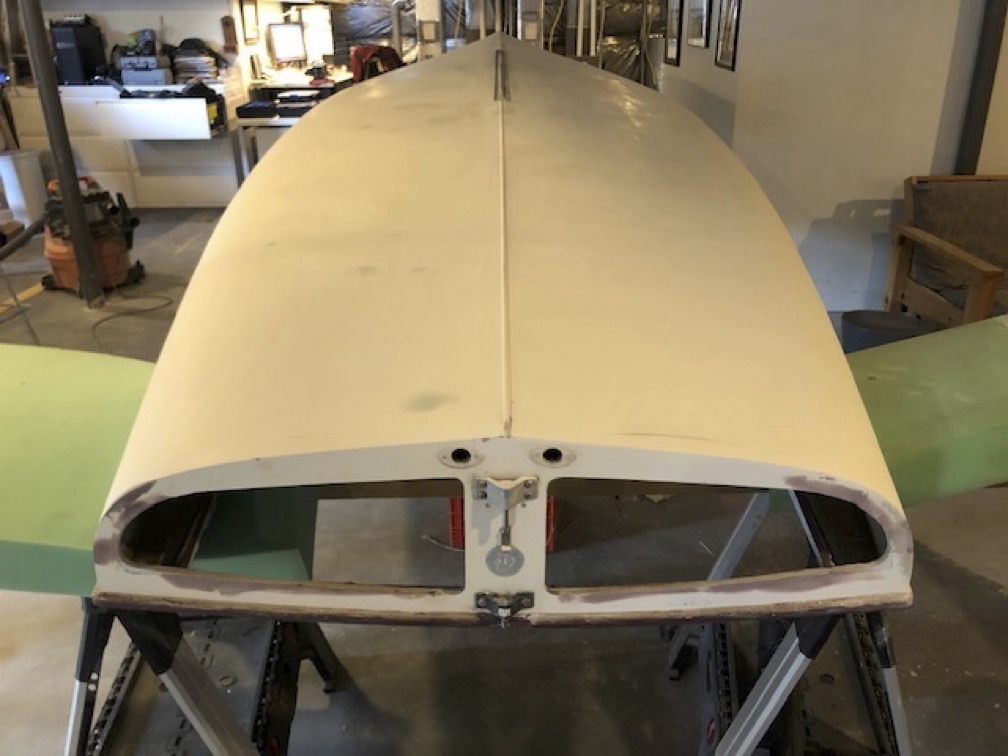


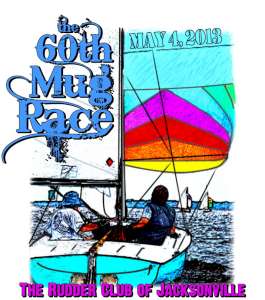 When Kathy and I returned to the United States late 2004 after living in Italy for nearly four years, we had to relocate to the east coast due to Kathy’s work commitments. We chose Orange Park, Jacksonville from five options, for various reasons, one being that water was close by and I could return to sailing once again.
When Kathy and I returned to the United States late 2004 after living in Italy for nearly four years, we had to relocate to the east coast due to Kathy’s work commitments. We chose Orange Park, Jacksonville from five options, for various reasons, one being that water was close by and I could return to sailing once again.